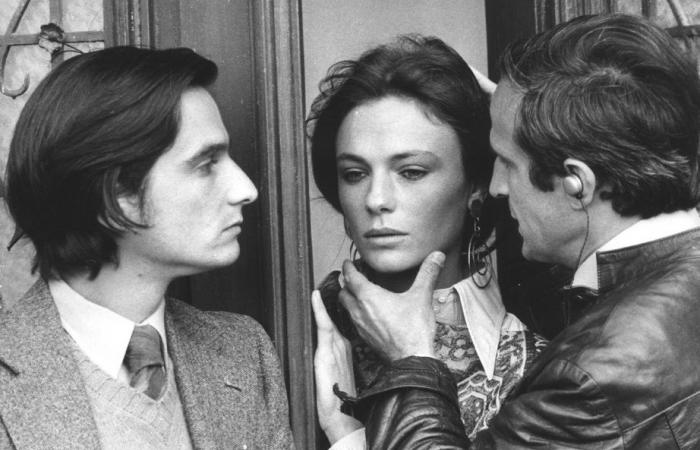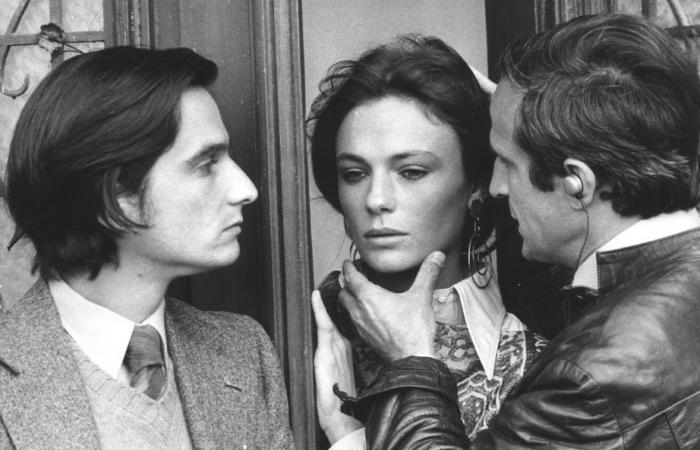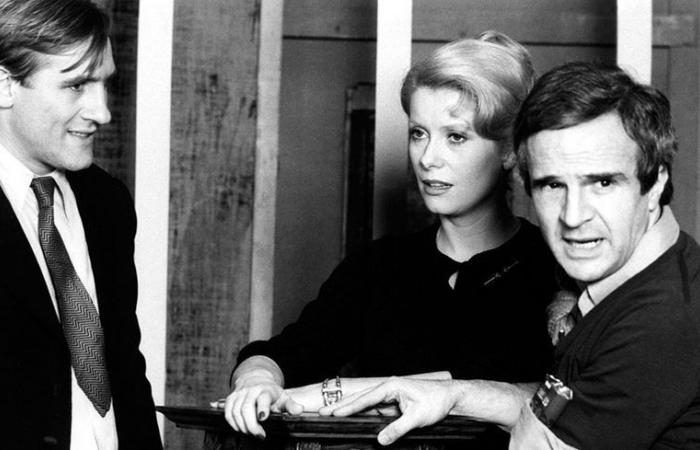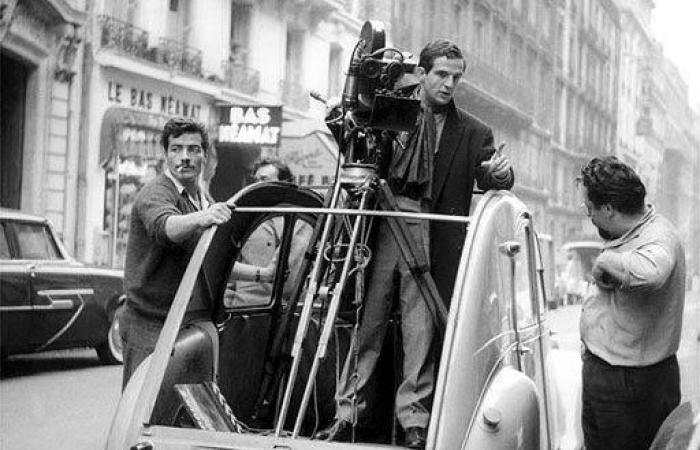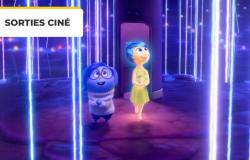– The cinema lesson according to François Truffaut
The filmmaker gave rise to two TV shows in 1981-1983. Here is the text, plus that of the sequences then coupled.
Published today at 7:34 a.m.
Jean-Pierre Léaud, Jacqueline Bisset and François Truffaut in the role of director. It was in “American Night,” which was a worldwide success.
DR.
Subscribe now and enjoy the audio playback feature.
BotTalk
It’s a funny story. We know that François Truffait created a new genre of books on cinema with his long interview with Alfred Hitchcock, published in 1966 by Robert Laffont. The English filmmaker spoke about each of his films one after the other, following a chronological order. He sometimes said good things, sometimes bad things when answering the questions of his young French colleague, who was very admiring. The book is periodically republished as a model of its genre. It must be said that few directors will have given themselves over to pasture as much as the master of suspense, except perhaps the American George Cukor.
A difficult genesis
About fifteen years later, Truffaut himself had become legendary, with a strong aura in the United States. Television, which then retained intellectual ambitions, conceived the idea of an equivalent of the book in the form of two one-hour broadcasts. It would be produced on a budget allocated for thirty hours a year devoted to culture. A production that was broadcast, somewhat reluctantly, by one of the national channels. It remained to convince the person concerned, who was quite reluctant. It was too early, or too late. He had to be given the choice of director and journalists. A bit of a star attitude for a former critic who has come to fruition. It was also a matter of obtaining the rights to certain sequences which would illustrate the point, with the high costs that this would entail. Filming finally took place in 1981. Truffaut took months to deign to see the result and give the green light. When the two parts were broadcast at the time of the 1983 Cannes Film Festival, it was already going very badly. The man died a few months later in 1984.
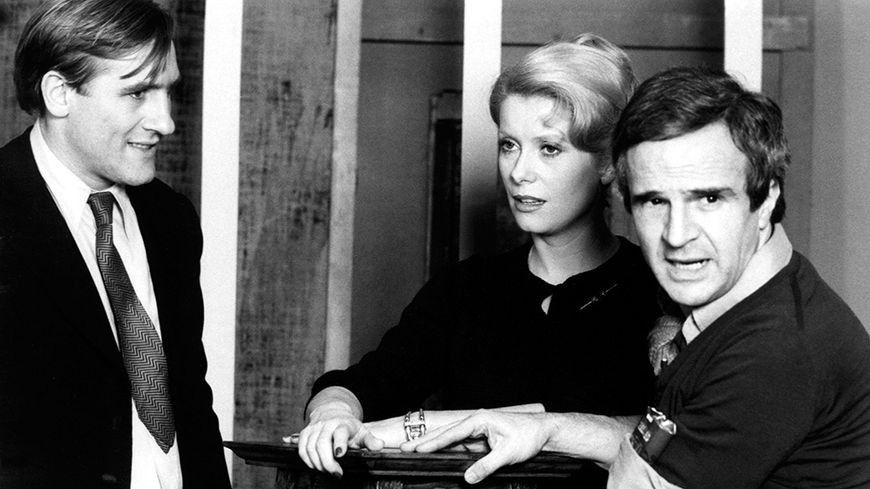
The filming of “Last Metro”. Another big public success for the filmmaker. And ten Caesars!
DR.
These old broadcasts could be the subject of a very posthumous book. We had to find the rushes to put back the comments that were part of the sequences cut during editing. The work was finally published during Covid in 2021. I admit to having skipped it then. It has just come out in paperback. This is the opportunity to make up for this inadvertence. Forty years exactly after his death, while his work is settling, the cinema of François Truffaut deserves a reading of this self-analysis. If Hitchcock explained to readers how he did things in London and then in Hollywood, his colleague instead told why he acted. It is in fact a work that is clearly less calculated, and therefore less controlled. Its author is often very harsh. He doesn’t love anymore. He wouldn’t do it like that again. He was wrong. This is particularly true of “Love on the Run” (1979) and “The Mississippi Mermaid” (1969), which are demolished in a few pages.

François Truffaut shot “Les 400 coups”, his first feature film in 1959. Lots of DIY.
DR.
Nothing is seen said by the critic François Truffaut, whose works were recently republished (Gallimard, 2019). The passage, then the slide, would have been interesting to discover in a book which is today called, like the two shows, “The Cinema Lesson”. I have always wondered how such an acerbic, destructive commentator, trashing all of French cinema in the 1950s, could have ended up doing almost the same thing. If there is the brilliant Truffaut, that of “400 Blows”, of “The American Night” and of “Last Metro”, there is in fact also that, in my opinion very academic, of “The Green Room” of “L “story of Adèle H” or “Fahrenheit 451”. Get out of there so I can get started? The revolution does not take place. All of this would also have required some explanation.
Practical
“The cinema lesson” by François Truffaut, Champs Arts, 247 pages.
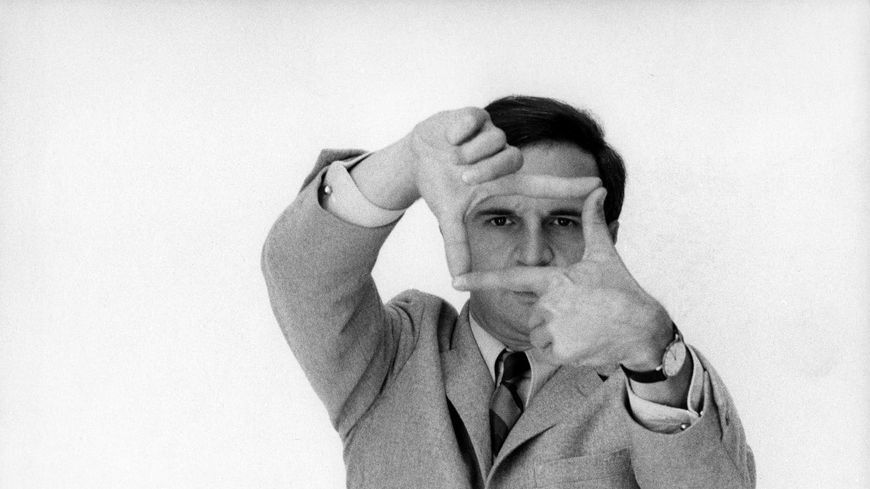
The portrait of Truffait which is on the cover of the book.
DR.
“Etienne Dumont’s week”
Every Friday, find the cultural news sketched by the famous journalist.
Other newsletters
To log in
Born in 1948, Etienne Dumont studied in Geneva which were of little use to him. Latin, Greek, law. A failed lawyer, he turned to journalism. Most often in the cultural sections, he worked from March 1974 to May 2013 at the “Tribune de Genève”, starting by talking about cinema. Then came fine arts and books. Other than that, as you can see, nothing to report.More informations
Did you find an error? Please report it to us.

